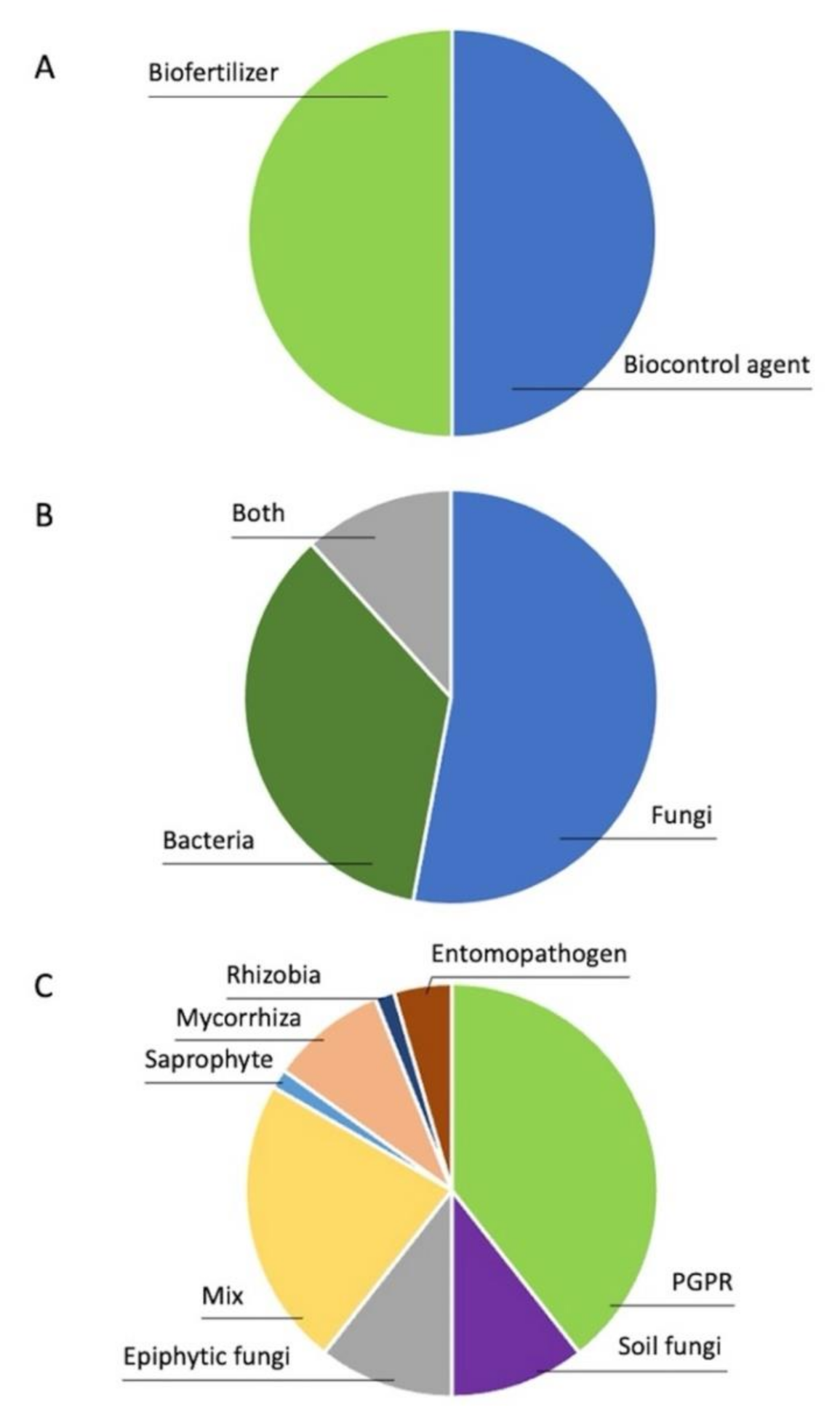
This method relies on natural predation, which is in contrast to the modern-day practice of killing insects and pests with pesticides and insecticides. Through this article, we understood that microbes play a very important role in controlling certain pests, insects and help in getting a high agricultural yield, and these are not harmful to the environment as they do not cause any pollution. These are not very effective for short scale applications. Pest is not completely removed by these biocontrol agents.Ĥ. The high specificity against the target disease and pathogen may require multiple microbial pesticides.ģ. Some of the disadvantages are as follows:ġ. Disadvantages of Microbes as Biological Agents They are environment friendly and also do not cause any side effects. As it is easily available, effective in all seasons and easy to use.Ĥ. These biocontrol agents reduce the use of chemicals and other pesticides.ģ. This is specifically desirable when beneficial insects are being conserved to aid in the overall Integrated Pest Management (IPM) Programme or when an ecologically sensitive area is being treated.Ģ. These have no negative impacts on plants, mammals, fish, birds or even on non-target insects.

bassiana covers the carcass in a layer of white mould that produces more infective spores.įig: Chrysanthemum cinerariifolium Advantages of Microbes as Biocontrol Agents Once the host insect is infected, the fungus grows inside of the insect rapidly, feeding on the nutrients present in the host’s body and producing toxins in turn. bassiana spores need to come in contact with a host. Beauveria bassiana is an entomopathogenic fungus that is responsible for causing white muscardine disease in a range of insects, including whiteflies, thrips, grasshoppers, aphids and certain types of beetles. Although protozoan pathogens play a significant role in the natural limitation of insect populations, few appear to be suited for development as insecticides. One of the important and common consequences of protozoan infection is a reduction in the number of offspring produced by infected insects. Even though these pathogens can kill their insect hosts, many are important for their chronic and debilitating effects. These protozoan pathogens naturally infect a wide range of insect hosts. These viruses are good agents for species-specific, narrow spectrum, insecticidal applications. The majority of baculoviruses that are used as biological control agents belong to the genus Nucleopolyhedrovirus. Baculoviruses are pathogenic agents that attack insects and other members of the phylum Arthropoda. Baculoviruses are rod-shaped particles that contain DNA. Bacillus thuringiensis \(\left( \) of all insect pathogenic viruses. The most commonly used microbial pesticides are subspecies and strains of Bacillus thuringiensis. Some of the microbes that are used as biocontrol agents are given below: a. How Microbes are Used as Biocontrol Agents?
How to apply biocontrol agents to soil full#
Delivery and application must permit full expression of the agent. Production must result in biomass with an excellent shelf life.ĥ.

Should be non-pathogenic to the host plant and environment.Ĥ. Should be able to colonize and proliferate.ģ. Should be able to compete and live longer in soil and host tissue.Ģ. These highly effective bio-control agents must fulfil certain criteria like:ġ. Hence, the microbial agents are highly specific against target pests, so these promote and play a major role in the survival of beneficial insects in treated agricultural crops.Ĭharacteristics of Effective Biocontrol Agents These microbes as biocontrol agents are useful and efficient, and safe for humans and other non-target organisms.



 0 kommentar(er)
0 kommentar(er)
